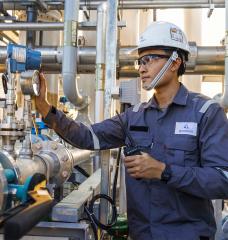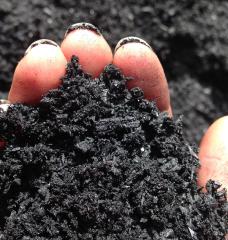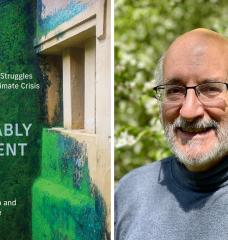
About 20 miles outside El Paso, Texas, on a warm afternoon just before the fall harvest, Ramon Tirres Jr. turns his truck between two fields covered in nothing but dirt. Both should be lush with cotton by now, but these 70 acres—a fraction of the nearly 1,000 that Tirres left unplanted this year—are bare. All told, about two-thirds of his cotton fields lie empty.
Tirres has been farming here for 47 years. His pecan trees love the heat, and the soil in the valley where he farms is fertile. But without water, everything falls apart. And the past few years have been especially dry.
Most of the water that Tirres and his neighbors use on their crops arrives via the Rio Grande, a river that snakes from the mountains in southern Colorado through New Mexico and along the Texas-Mexico border. But in years like this one, when there’s not much snow and rain, water is in short supply. Tirres can pump groundwater to make up some of the difference, but it’s expensive, and not all fields have pumps.
Farmers like Tirres have been among those hit hardest by water shortages affecting the region. Their predicament may not seem surprising given where they are: El Paso juts into the Chihuahuan Desert from the western tip of Texas. While annual rainfall across the US averages about 30 inches, El Paso gets under nine.
But El Paso has long been a model for water conservation. The city of 700,000 people has found a way to exist, and even thrive, in the desert. Other cities have for years looked to El Paso for solutions as population growth and climate change stress water resources worldwide.
El Paso has done all the right things—it’s launched programs to persuade residents to use less water and deployed technological systems, including desalination and wastewater recycling, to add to its water resources. The city has invested hundreds of millions of dollars in these adaptations and earned an international reputation for its planning. A former president of the water utility once famously declared El Paso “drought-proof.”
Now, though, even El Paso’s careful plans are being challenged by newly intense droughts. As climate change accelerates and cities everywhere scramble to adapt, it’s clear that technological solutions can improve quality of life in water-stressed places and prevent people from being displaced. However, every new measure comes at a cost, and all of them risk leaving people out. As the pressure ratchets up, El Paso, and places like it, force us to ask just how far adaptation can go.
Read the full article at: https://www.technologyreview.com/2021/12/20/1041307/el-paso-drought-climate-change/






